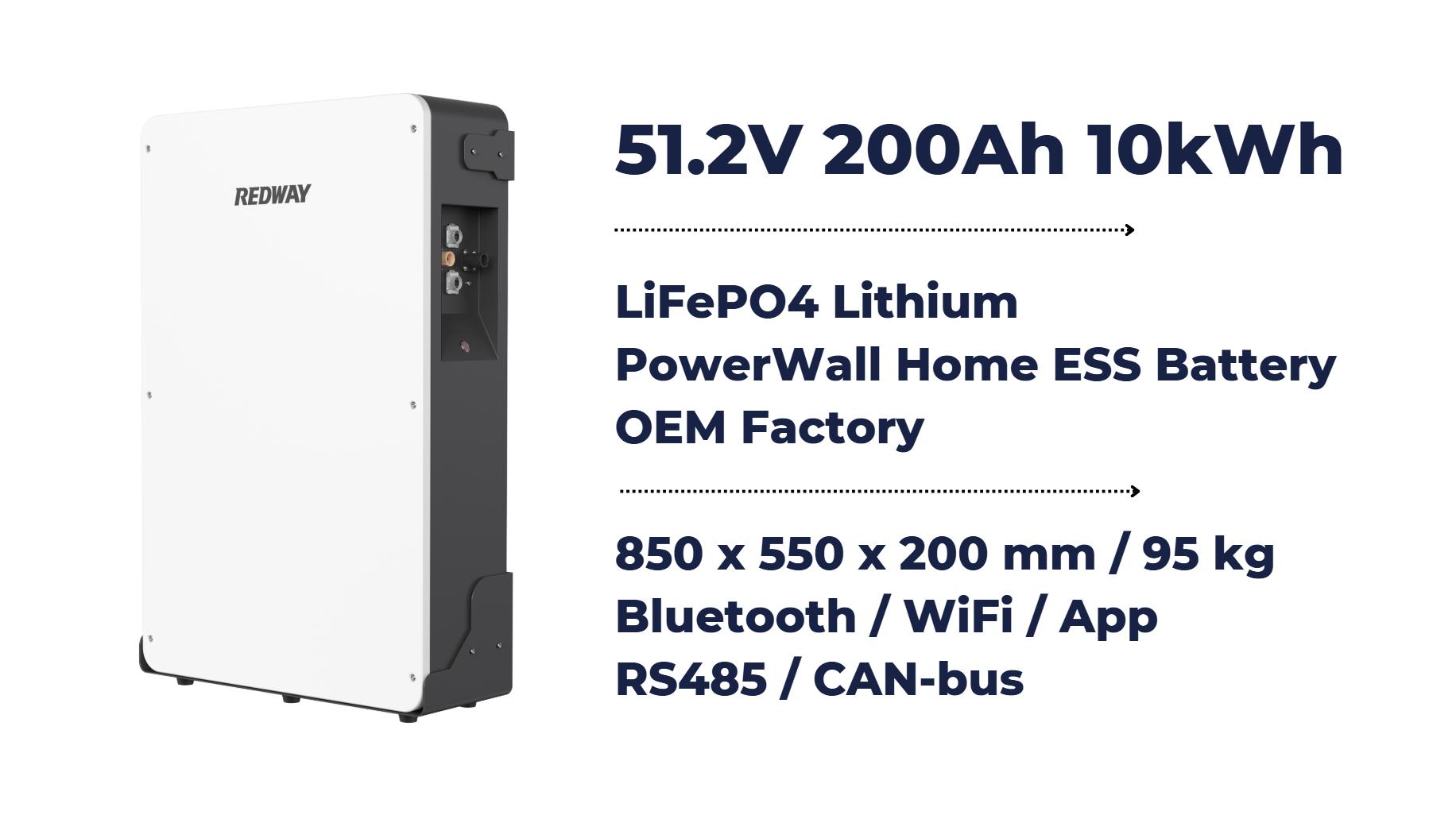Connecting inverters in parallel allows you to increase your power output and enhance system reliability. This setup is especially beneficial for solar power systems, where multiple inverters can share the load efficiently. Properly connecting inverters requires understanding the necessary configurations and precautions to ensure optimal performance.
Introduction to Connecting Inverters in Parallel
Connecting inverters in parallel is a common practice in renewable energy systems, particularly solar power setups, where increased capacity and redundancy are desired. This configuration allows multiple inverters to work together, sharing the load and providing a more robust power solution.
Overview of Parallel Connections
In a parallel connection, multiple inverters are linked together so that their outputs combine, effectively increasing the total power available to the system. This setup is advantageous for scaling up power generation without needing a single, larger inverter.
Key Features of Parallel Connections:
- Increased Power Capacity: Combining outputs allows for handling larger loads.
- Redundancy: If one inverter fails, others continue to provide power.
- Flexibility: You can add more inverters as needed without major system redesigns.
Benefits of Connecting Inverters in Parallel
Connecting inverters in parallel offers several benefits:
| Benefit | Description |
|---|---|
| Enhanced Power Output | Allows for greater total wattage capacity |
| Improved System Reliability | Reduces the risk of total system failure |
| Scalability | Easy to add more inverters as power needs grow |
| Load Sharing | Distributes load evenly among multiple units |
These advantages make parallel connections a popular choice for both residential and commercial solar installations.
Requirements for Successful Parallel Operation
To successfully connect inverters in parallel, certain requirements must be met:
- Compatibility: Ensure all inverters are compatible with parallel operation.
- Synchronization: The AC outputs must be synchronized; they should produce waveforms at the same frequency and phase.
- Wiring: Use appropriately sized wiring to handle the combined current from all connected inverters.
- Protection Devices: Incorporate fuses or circuit breakers to protect against overloads.
Failure to meet these requirements can lead to inefficiencies or damage.
Step-by-Step Guide to Connecting Inverters
Here’s a step-by-step guide on how to connect your inverters in parallel:
- Safety First: Turn off all equipment and ensure no power source is connected.
- Check Compatibility: Verify that all inverters are designed for parallel operation.
- Connect DC Inputs:
- Connect the DC output from your solar panels or battery bank to the DC input terminals on each inverter.
- Ensure secure connections with appropriately sized cables.
- Connect AC Outputs:
- Use a combiner box or busbar to connect the AC outputs of each inverter.
- Connect the positive (live) terminal of one inverter’s output to the positive terminal of another, and do the same for negative (neutral) terminals.
- Grid Connection: Depending on your system design, connect the combined AC output to your main distribution panel or directly to the grid.
- Power On: Once all connections are made, turn on each inverter individually and ensure they operate correctly.
Common Mistakes to Avoid
When connecting inverters, avoid these common mistakes:
- Using Incompatible Models: Always check if your inverters can operate together.
- Neglecting Synchronization: Failing to synchronize outputs can lead to waveform interference.
- Improper Wiring Sizes: Using undersized cables can cause overheating or voltage drops.
- Ignoring Safety Protocols: Always prioritize safety by using protective devices like fuses.
By being aware of these pitfalls, you can ensure a smoother installation process.
Troubleshooting Common Issues
If you encounter problems after connecting your inverters, consider these troubleshooting tips:
- Inverter Not Starting: Check connections and ensure all units are powered correctly.
- Uneven Load Distribution: Verify synchronization settings; adjust if necessary.
- Overheating Issues: Inspect wiring sizes and ensure they are adequate for the load.
Regular monitoring is essential for maintaining optimal performance.
Testing and Monitoring Your Setup
After installation, it’s crucial to test and monitor your system:
- Power On Testing: Turn on each inverter individually and check for error messages or warnings.
- Synchronization Check: Ensure that all units are synchronized with the grid frequency and voltage.
- Performance Monitoring: Use monitoring tools or software to assess each inverter’s output and efficiency over time.
This proactive approach helps identify issues early and ensures optimal operation.
Latest News on Inverter Technology
As of November 2024, advancements continue within inverter technology, focusing on improving efficiency and integration with smart grid systems. New models are being developed with enhanced features for better performance under varying conditions, including improved thermal management systems that allow for higher operational temperatures without compromising safety or efficiency.

48v 100ah, 51.2v 100ah powerwall home ess lithium battery oem factory
Redway Expert Comment
Connecting multiple inverters can significantly enhance your solar power system’s capacity,” says an expert from Redway Battery Solutions. “However, it’s crucial to ensure compatibility and proper synchronization between units for optimal performance.”
Frequently Asked Questions (FAQs)
Can any inverter be connected in parallel?
Not all inverters are designed for parallel operation; always check compatibility before connecting them together.
What happens if I connect incompatible inverters?
Connecting incompatible models may lead to synchronization issues or damage due to waveform interference.
How do I know if my inverter is suitable for parallel connection?
Check the manufacturer’s specifications or user manual; look specifically for terms like “parallel capable” or “synchronized operation.”
What safety measures should I take when connecting inverters?
Always use appropriate fuses or circuit breakers, ensure proper wiring sizes, and follow safety protocols during installation.
Know more:
2 solar inverters in parallel
how to connect 2 inverters in parallel
connecting inverters in parallel




